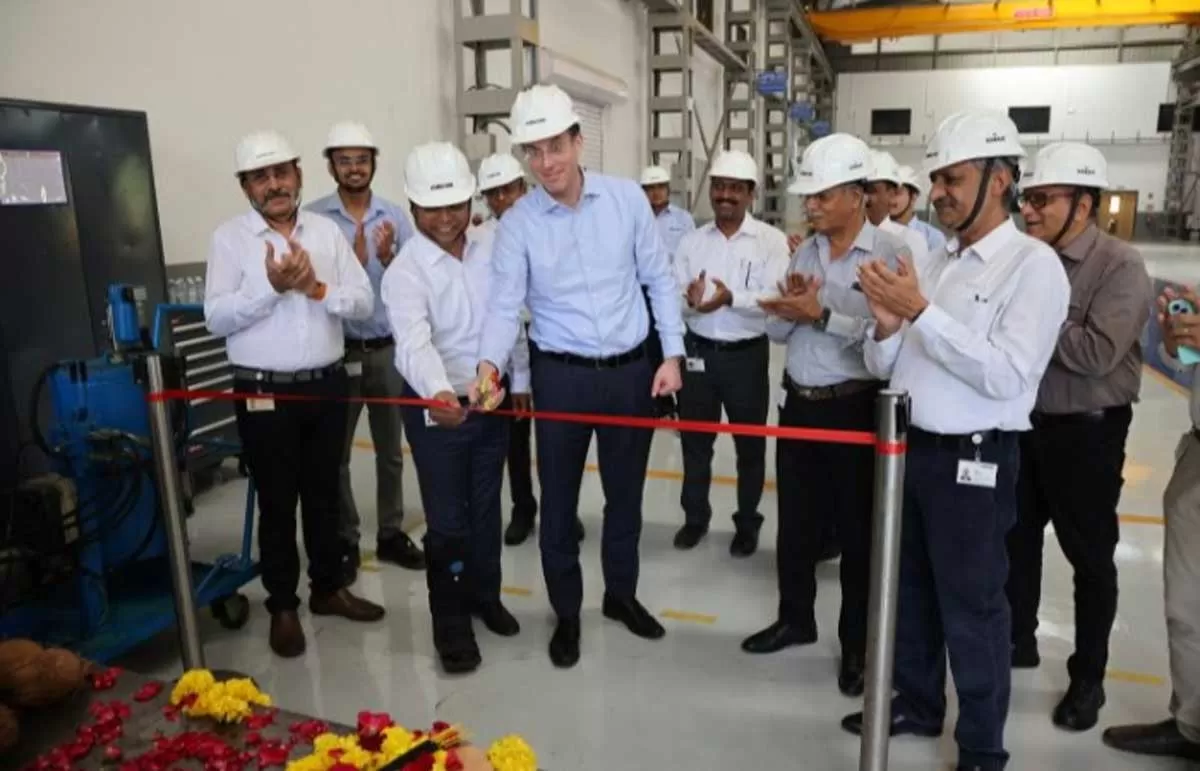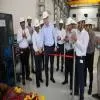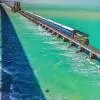
vVyom By Shuchita Unveils Sustainable Cushion Line, Wild Whispers
vVyom by Shuchita, the Jaipur-based sustainable luxury brand, has launched Wild Whispers—a new collection of handcrafted cushions inspired by India’s wilderness and traditional artistry. Merging age old artistry with modern aesthetics, the collection offers refined décor pieces for homes that value conscious elegance. Each cushion is made from 100% linen, chosen for its breathable and durable properties. The designs feature hand-painted motifs, meticulous embroidery, and a rich colour palette of earthy tones, deep jewel hues, and gold accents. These cushions are crafted to enhance diver..

Ammann India Inaugurates ABG Screed Assembly Station and ASRS
Ammann India, one of the leading concrete equipment players in India, has inaugurated its new ABG Screed Assembly Station and Automated Storage and Retrieval System (ASRS) at its advanced manufacturing facility. The event was graced by Hans-Christian Schneider, Group CEO of Ammann Group, alongside the leadership team led by Dheeraj Panda, Managing Director of Ammann India. The ABG Screed Assembly Station is set to enhance operational efficiency and ensure high-precision assembly, reinforcing Ammann’s commitment to delivering world-class paving solutions. This new station reflects the compa..

How Rising Property Prices Are Shaping Real Estate Market
The global economy significantly influences real estate markets, with factors such as inflation, interest rates, and investment trends impacting property prices worldwide. Despite affordability concerns, demand remains robust, particularly in the mid-income and luxury segments. According to CREDAI reports, property prices in key metropolitan cities have increased by 10 to 11 per cent year-over-year. To address the strong demand for premium housing, developers are adopting innovative financing models and focusing on sustainable development. Foreign investments, regulatory reforms like RERA, an..














